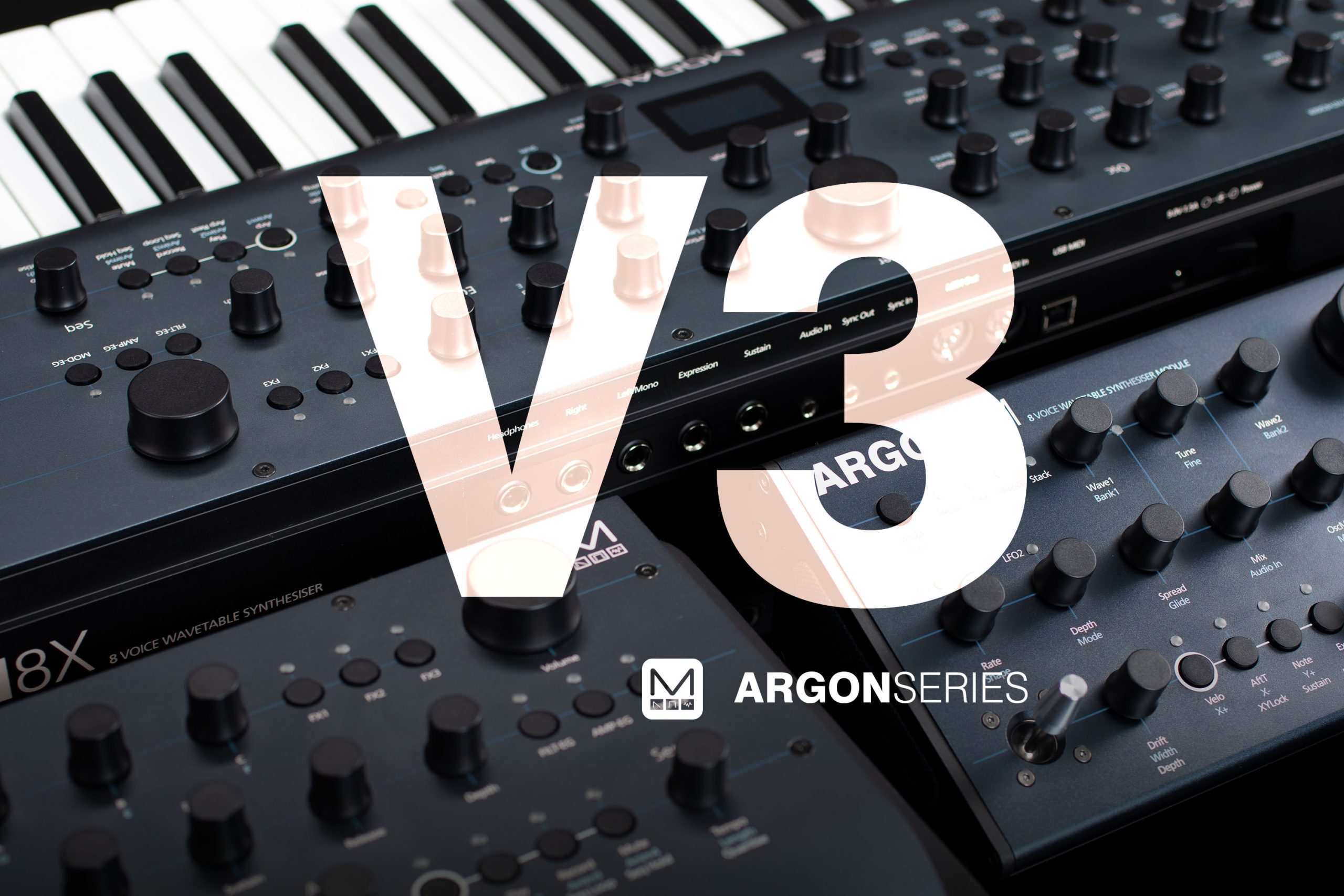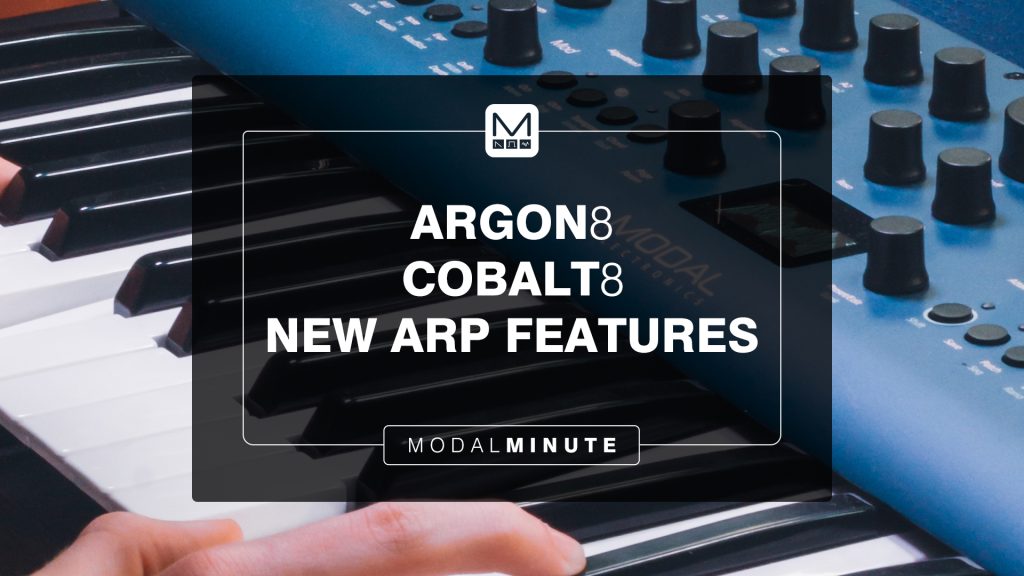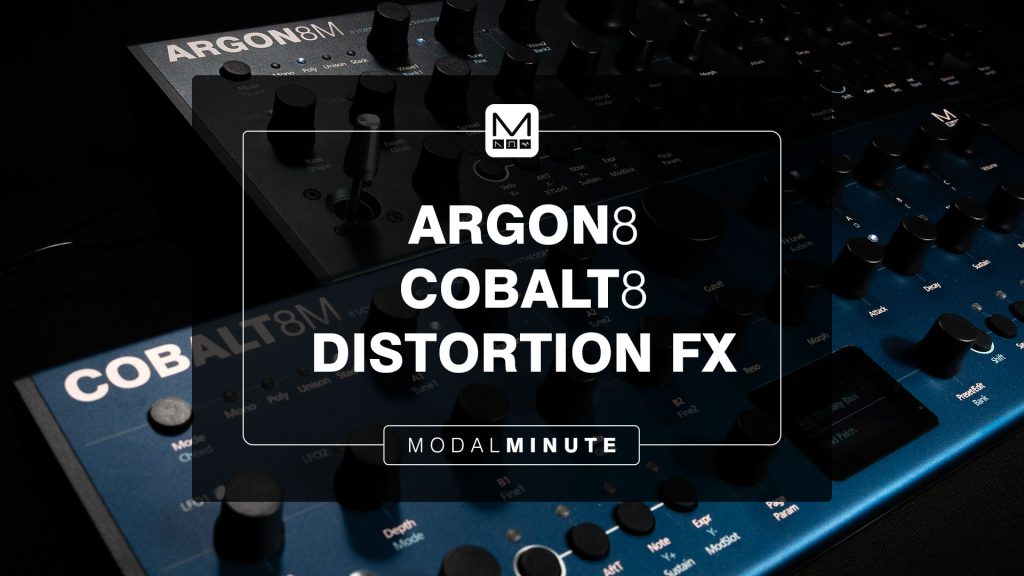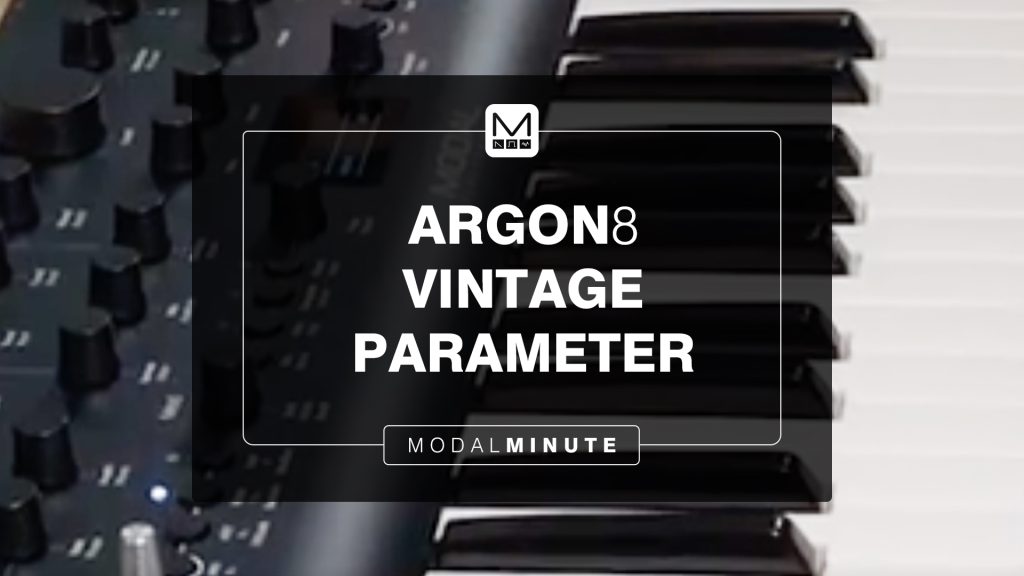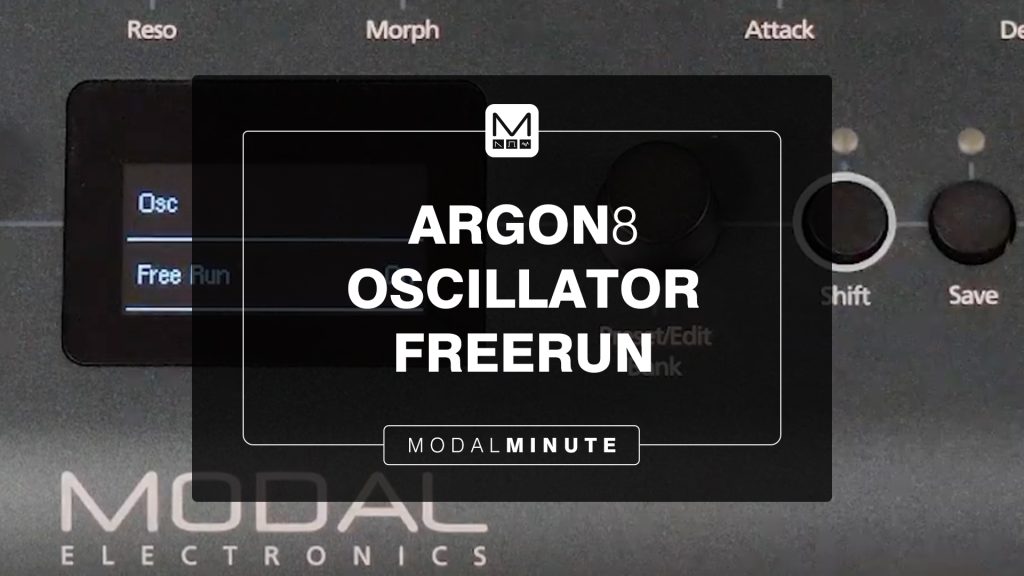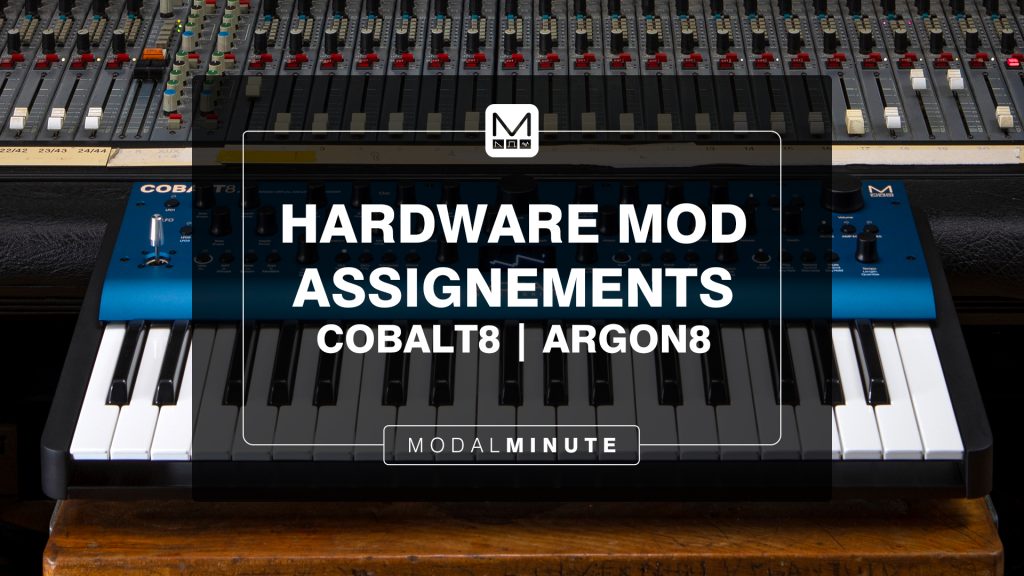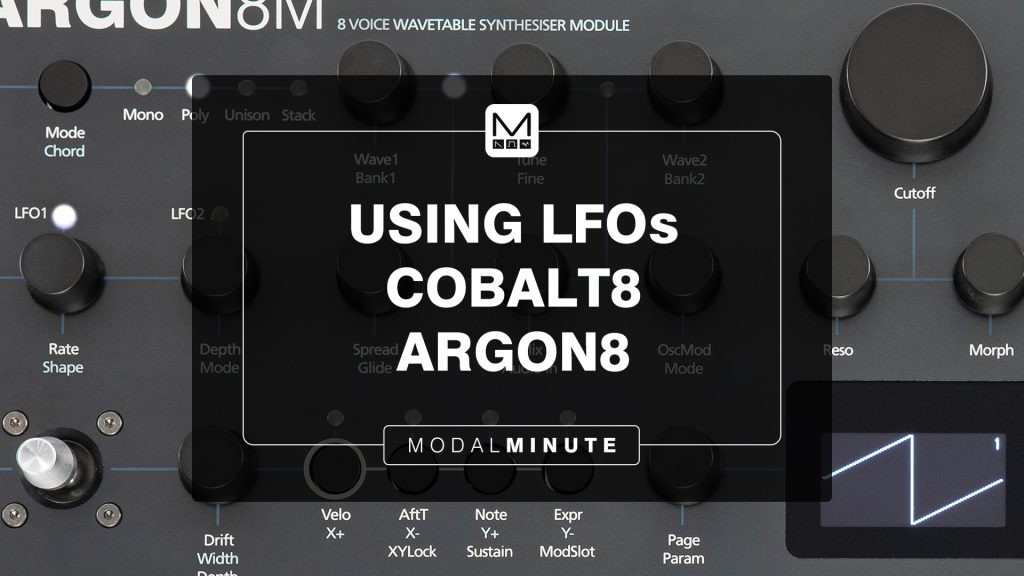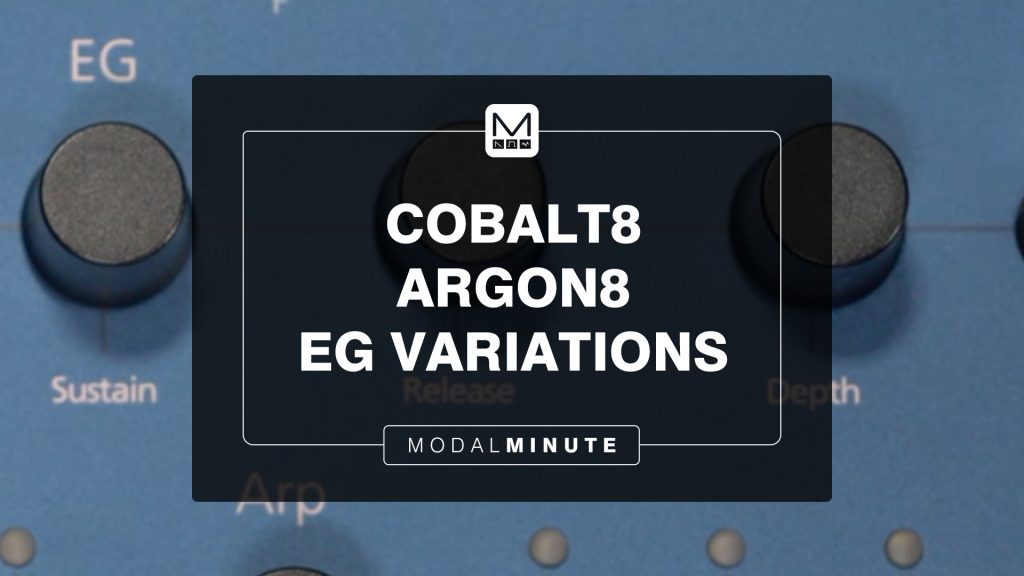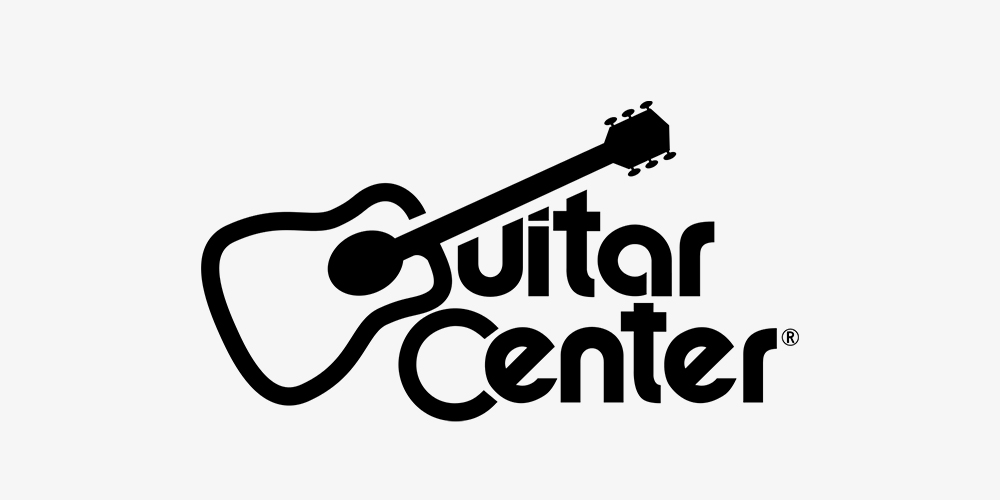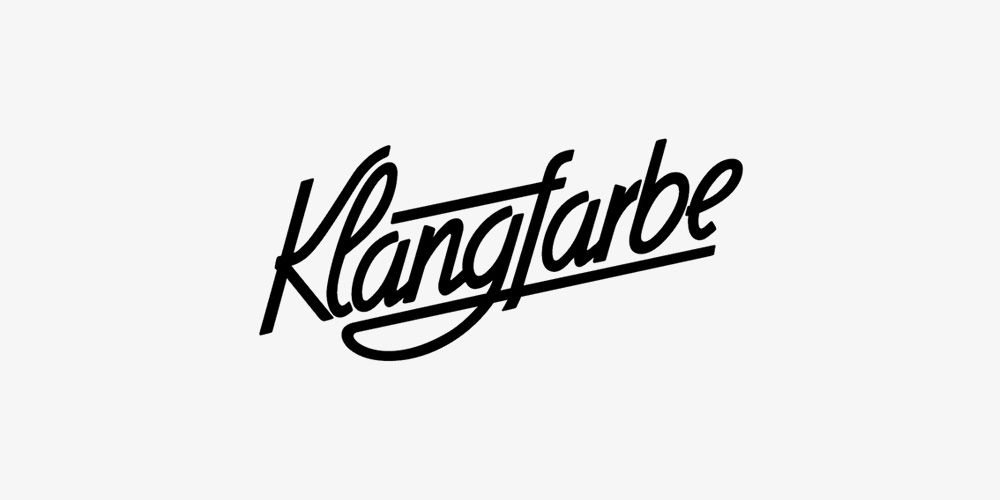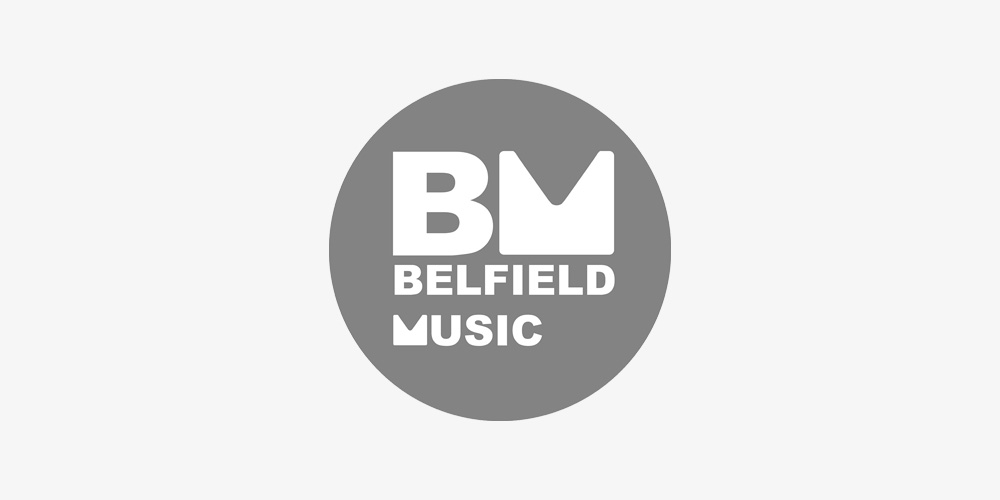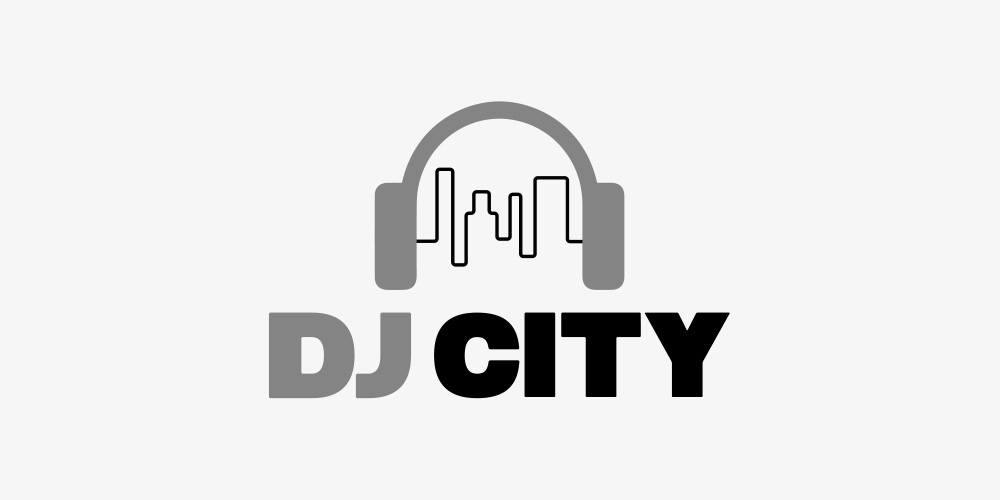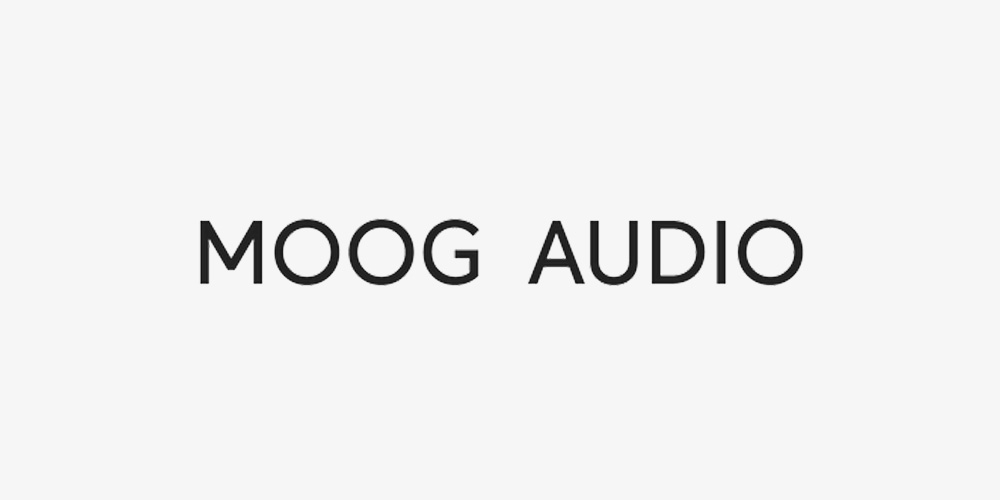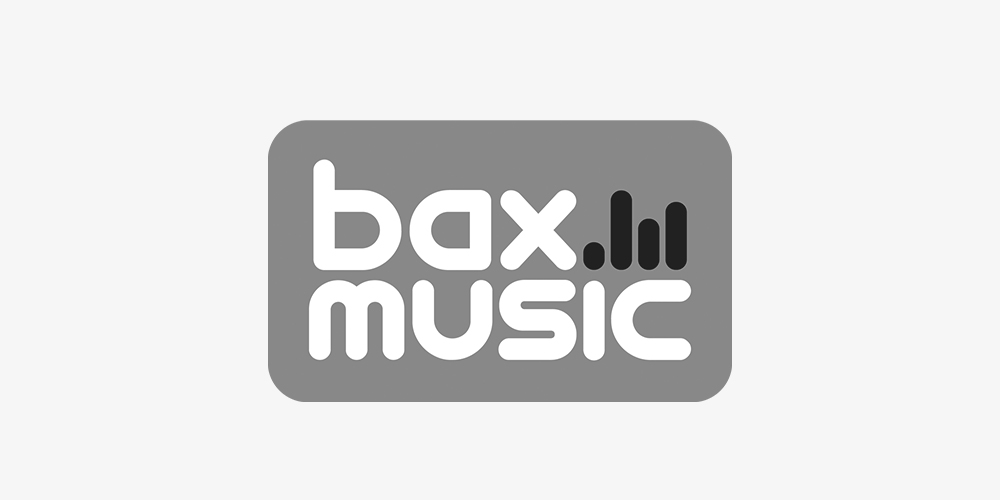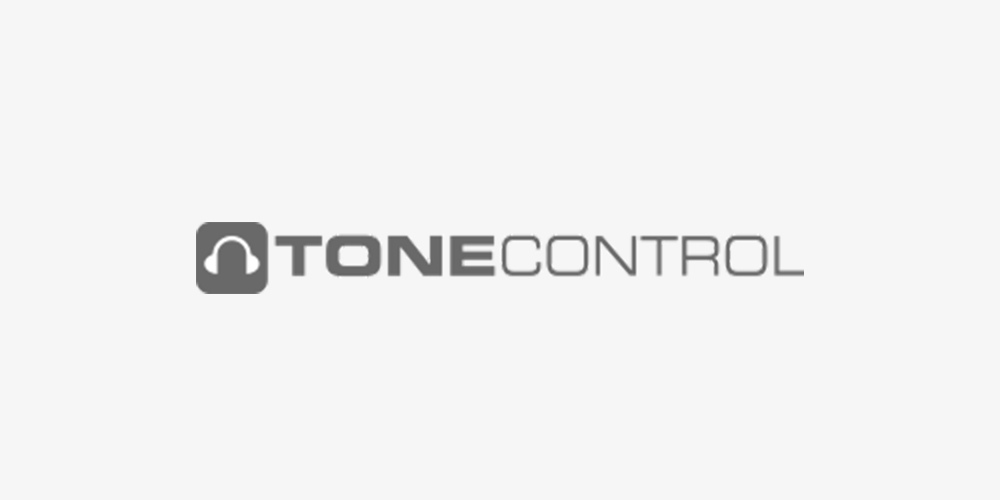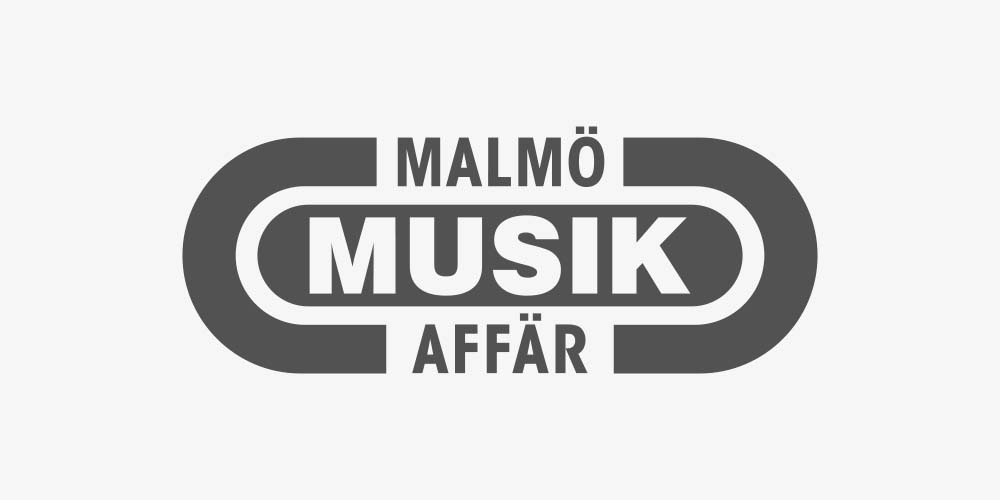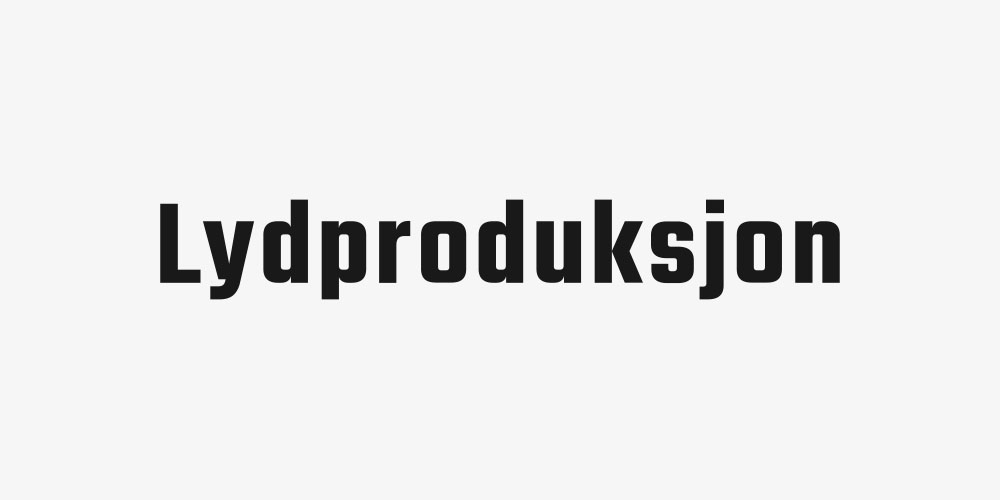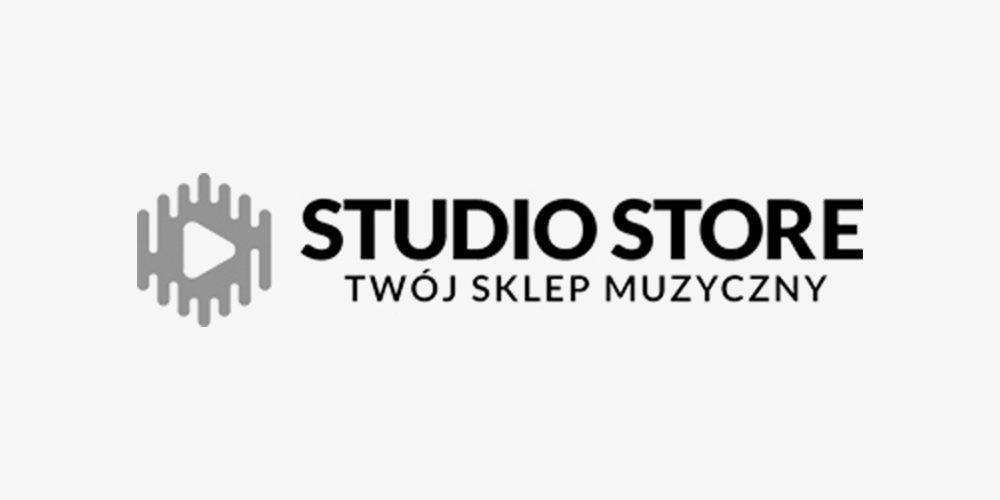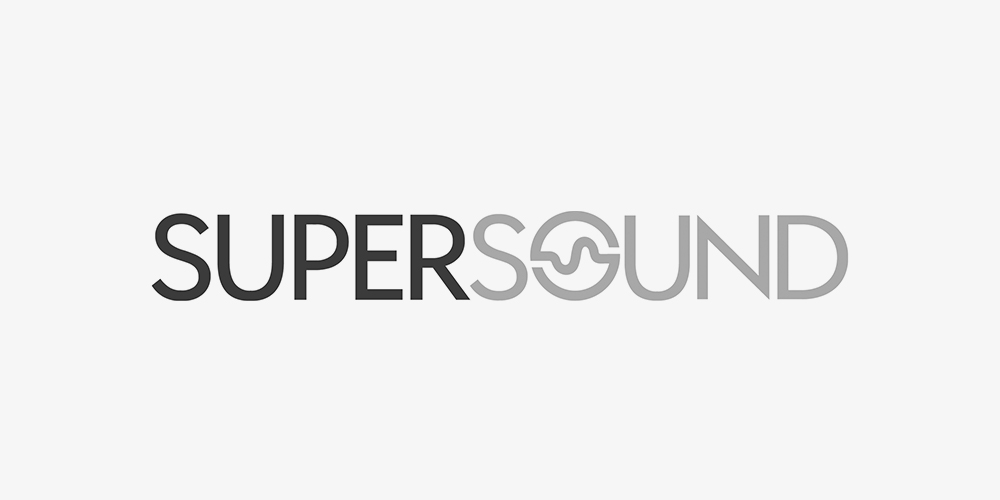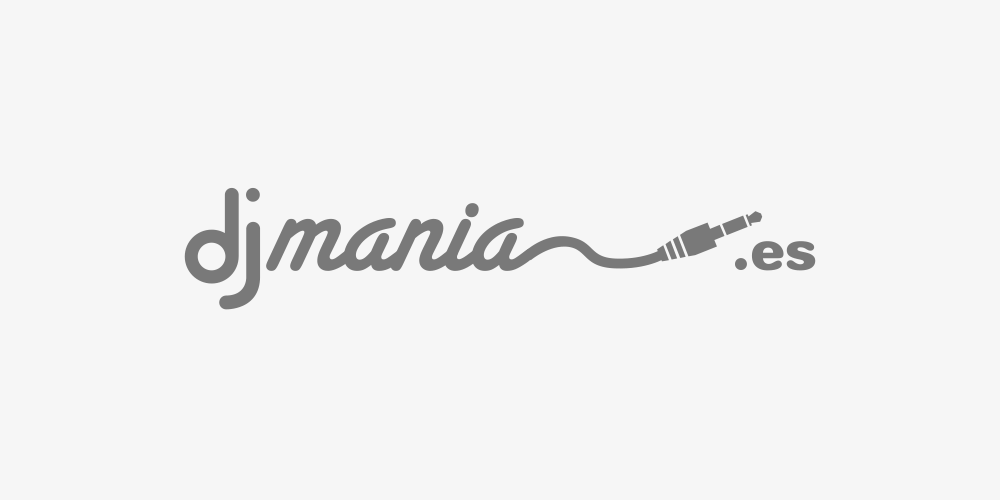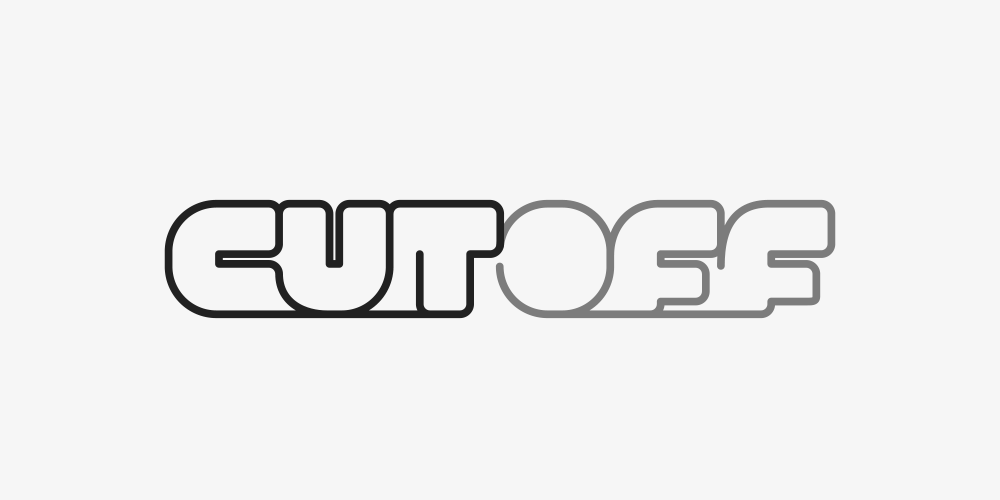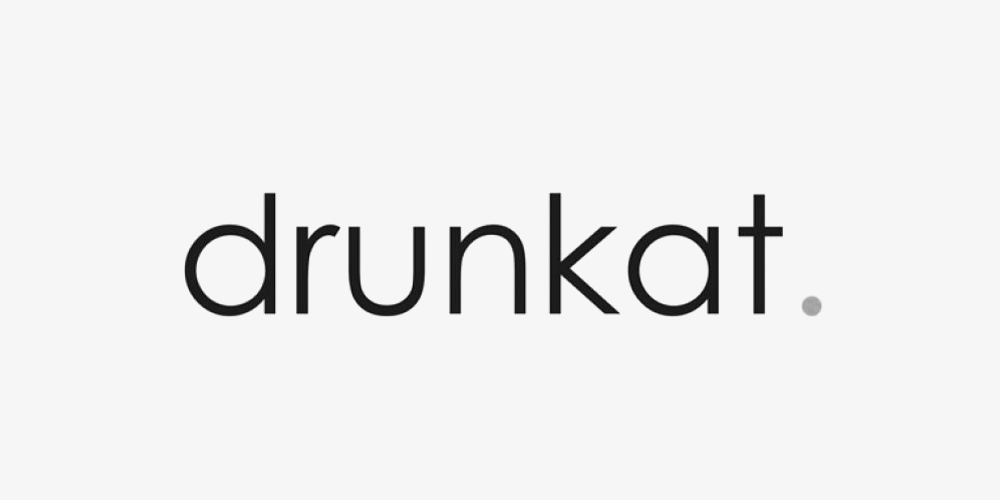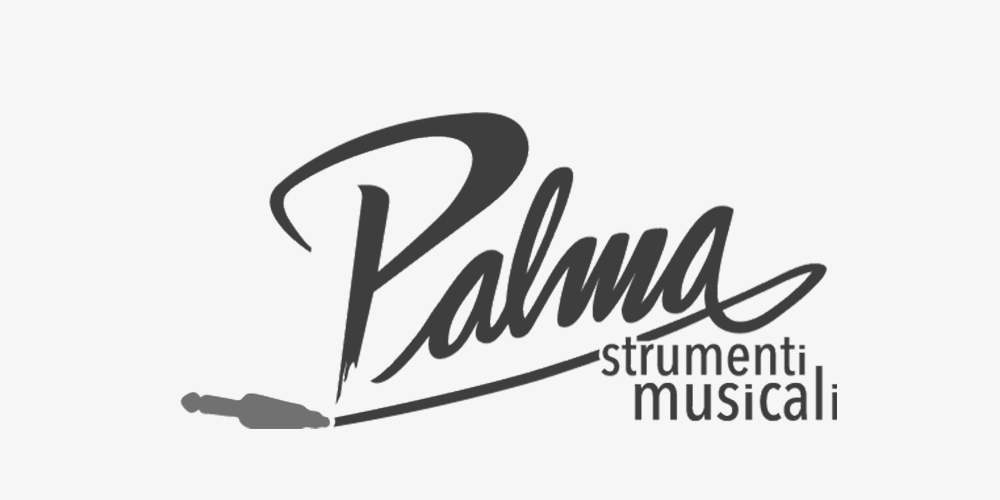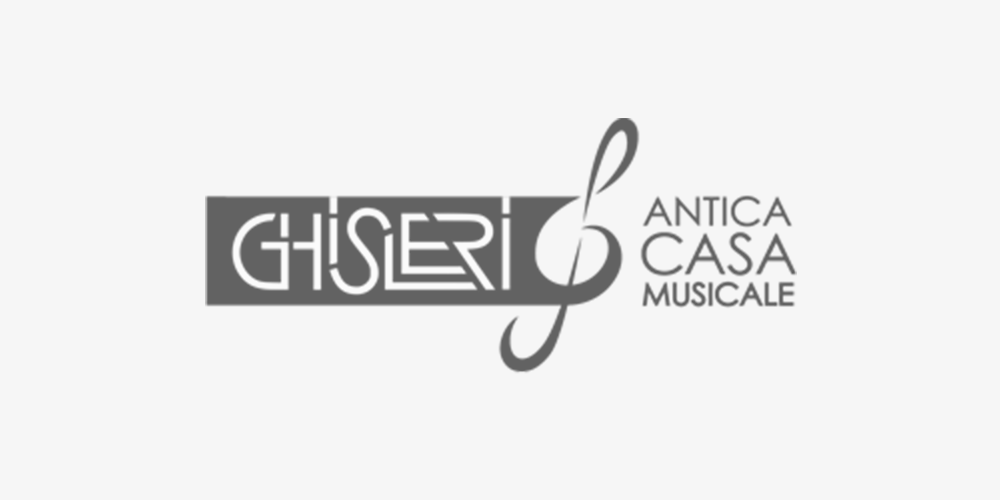Ce site utilise des cookies afin que nous puissions vous fournir la meilleure expérience utilisateur possible. Les informations sur les cookies sont stockées dans votre navigateur et remplissent des fonctions telles que vous reconnaître lorsque vous revenez sur notre site Web et aider notre équipe à comprendre les sections du site que vous trouvez les plus intéressantes et utiles.

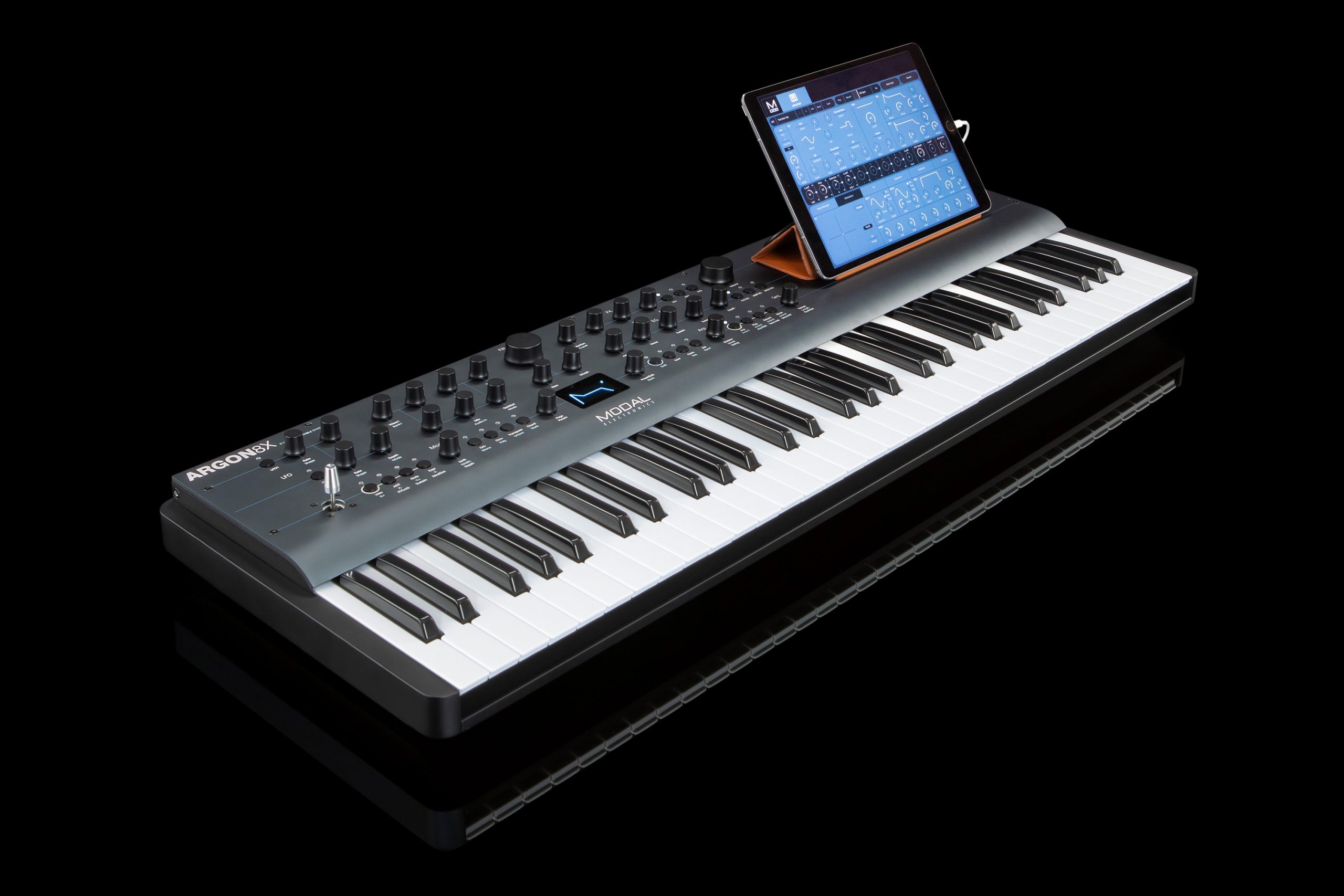
ARGON8X
SYNTHÉTISEUR À TABLE D'ONDES À 8 VOIX
S’appuyant sur l’héritage de nos légendaires synthétiseurs de la série OO, l’ARGON8X est un synthé à table d’ondes moderne destiné aux musiciens, aux producteurs et aux concepteurs sonores. Avec son son transparent et riche, une gamme de contrôles en temps réel, un support MPE complet, une interface utilisateur claire et structurée et des outils de performance intégrés, l’ARGON8X est un instrument unique, conçu pour offrir une expérience sonore inégalée.
Un clavier haut de gamme de 61 notes avec aftertouch est le terrain de jeu idéal pour les artistes exigeants. Le châssis robuste en aluminium et les entrées/sorties professionnelles permettent d’intégrer l’ARGON8X dans toutes les configurations de studio et de scène. MODALapp donne un accès facile à toutes les fonctions de l’ARGON8X et fonctionne sur MacOS/Windows/iOS/iPadOS et les appareils Android. Il est également disponible en format plug-in AU/VST3 sous le nom de MODALplugin.
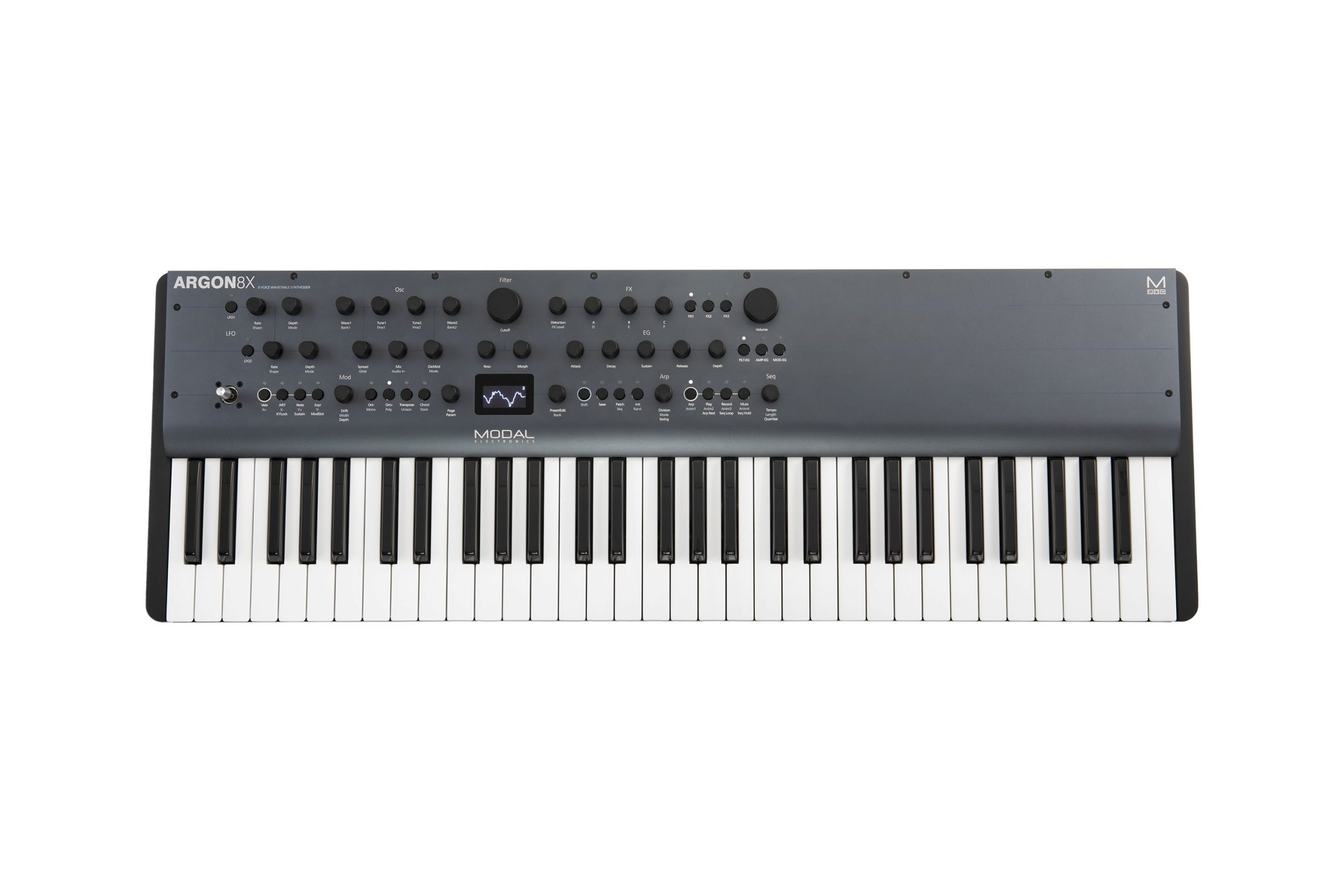
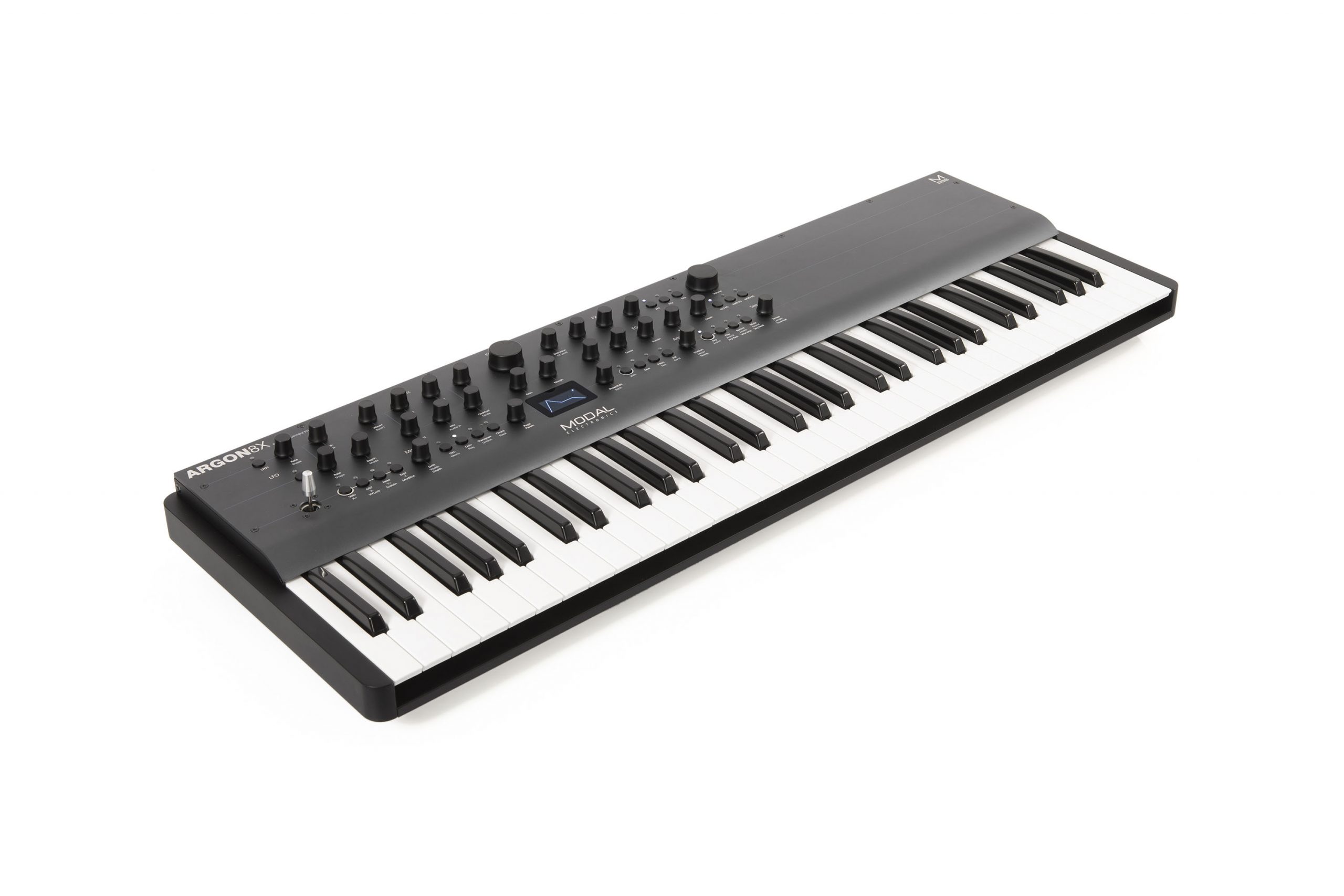
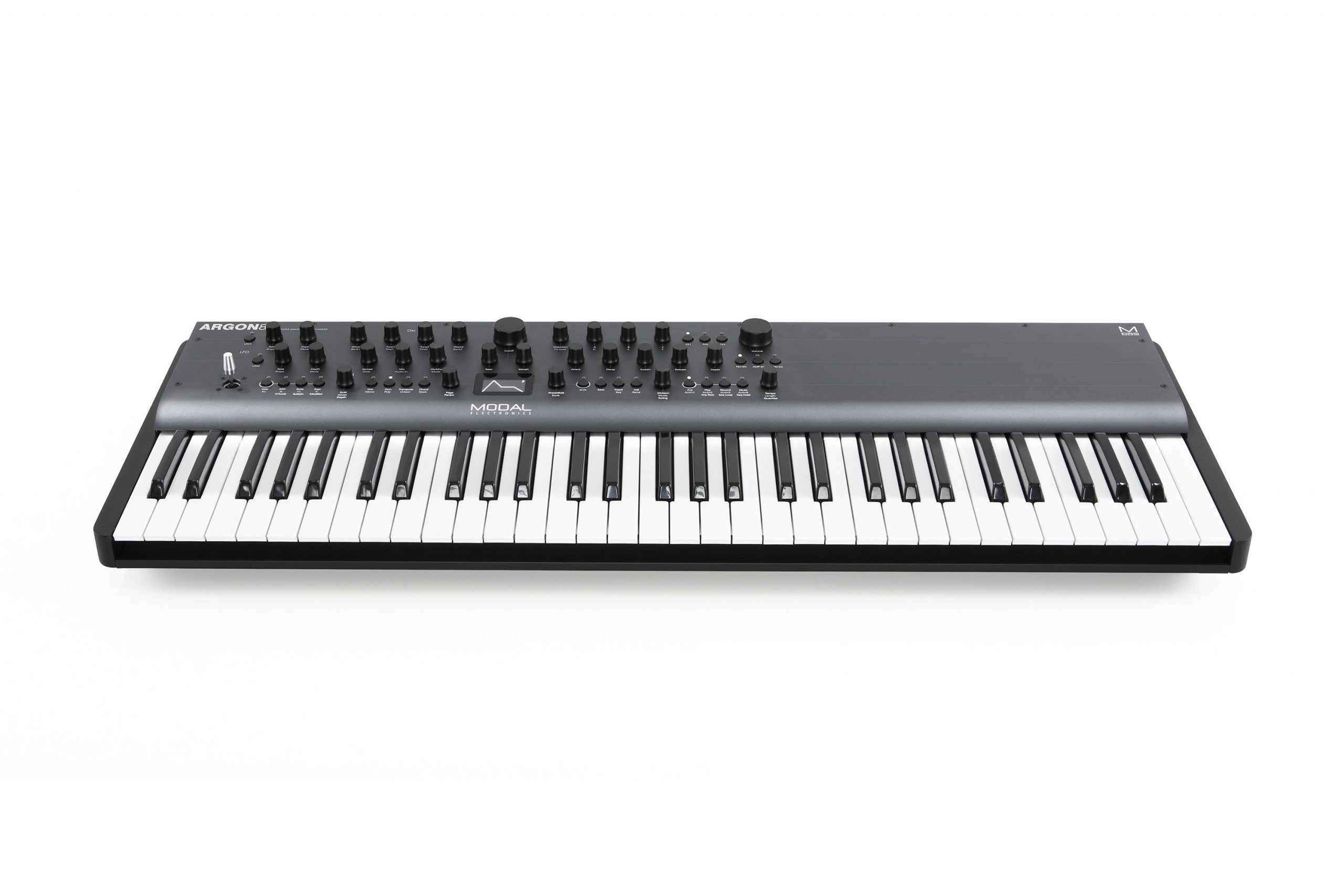
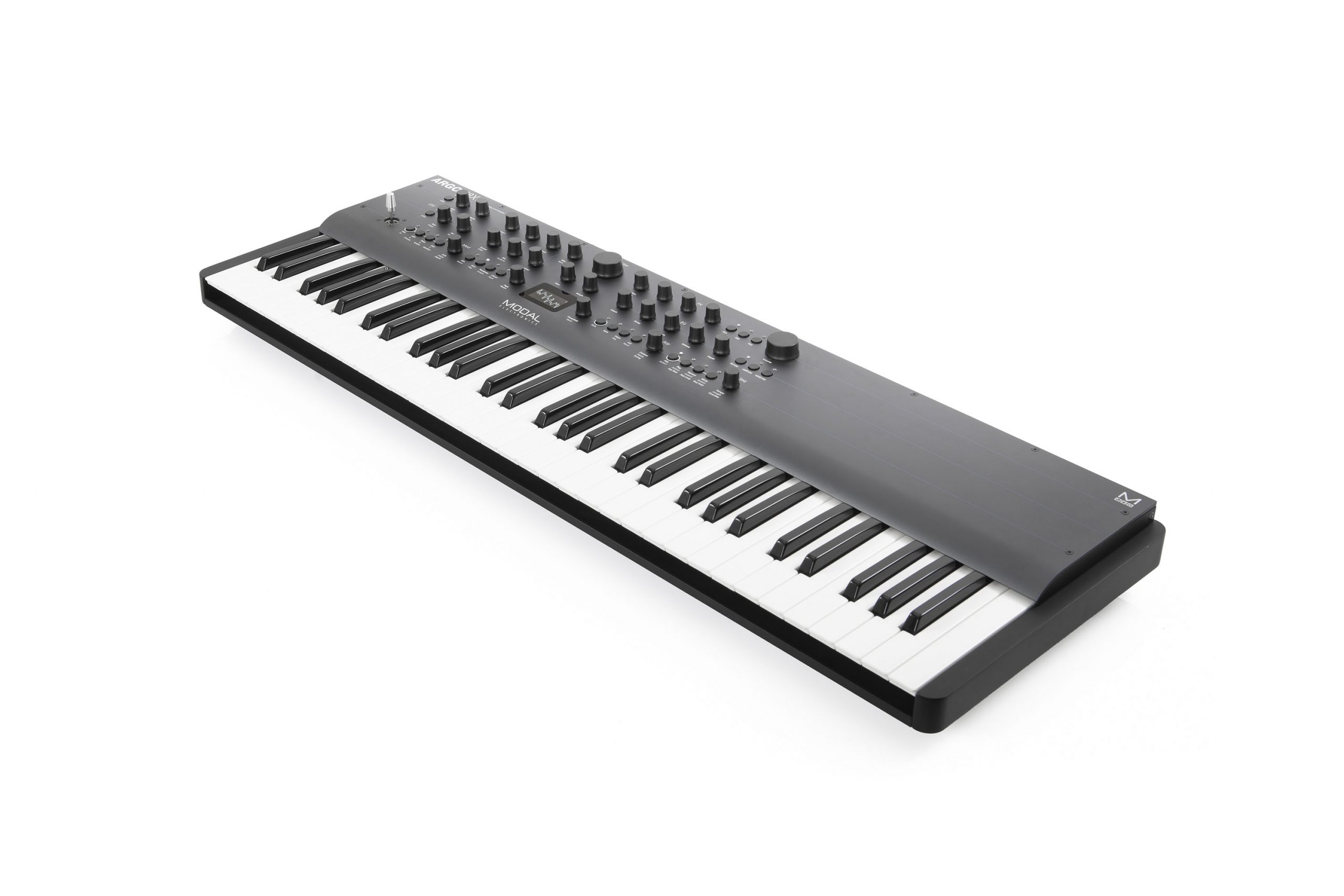
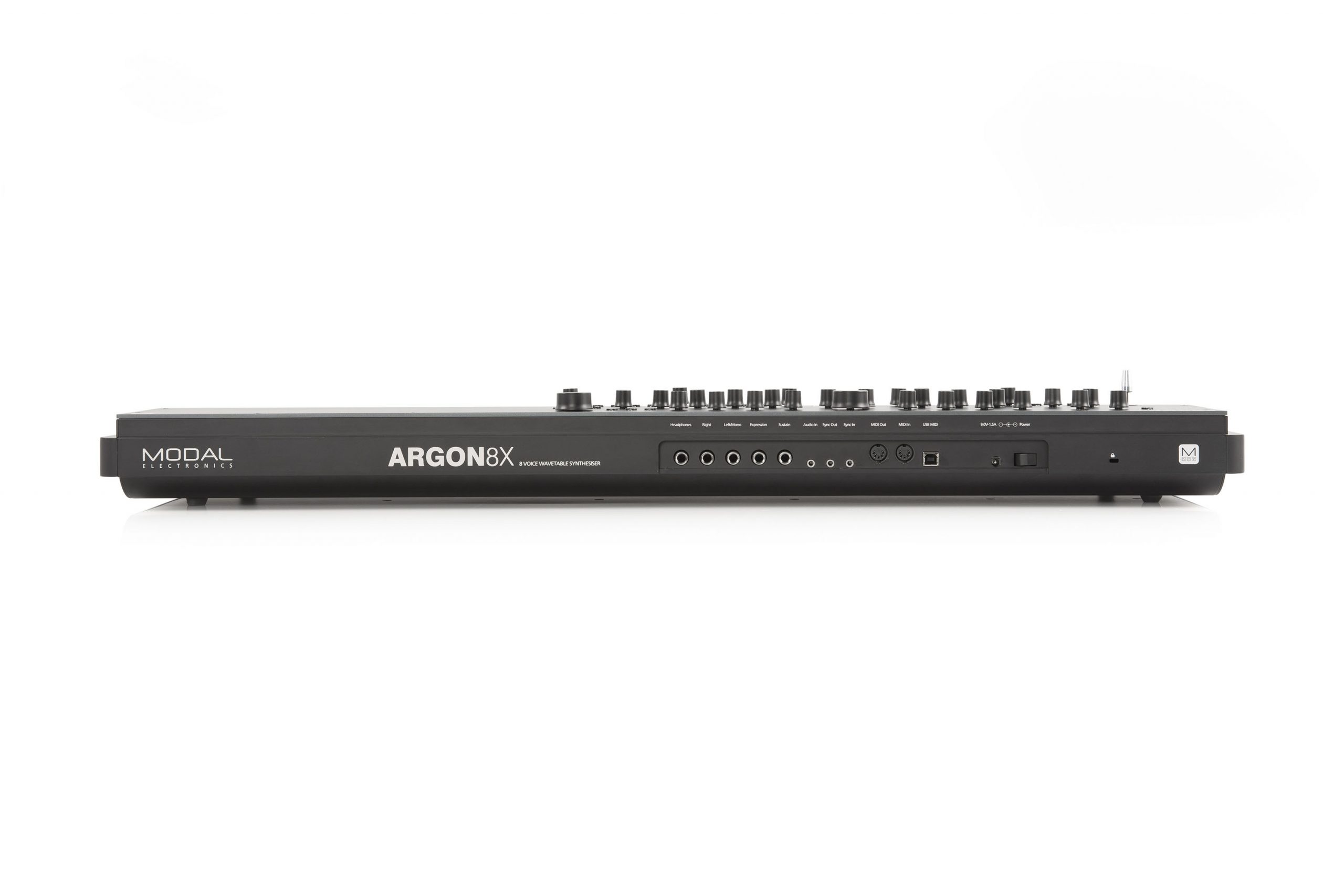
Réalisez des performances avec des sons uniques de table d'ondes, allant des pads luxuriants, des leads envolés, des paysages sonores émouvants et des basses qui font trembler la terre.
Créez et enregistrez vos propres textures sonores grâce à des formes d'onde morphables, un filtre morphable de style analogique, une matrice de modulation immersive et des effets numériques flexibles.
Donnez une nouvelle dimension à vos performances grâce à la prise en charge des MPE, au séquenceur temps réel/à pas intégré de 512 notes, à l'arpégiateur programmable de 32 pas et aux voies d'animation extrêmement puissantes.
Exprimez-vous avec le lit de touches de 61 notes avec aftertouch, intégré dans un boîtier en aluminium prêt pour la route.
Intégrez l'ARGON8X dans votre production et vos performances en direct grâce aux connexions MIDI de taille normale et aux entrées et sorties de synchronisation de 3,5 mm.
Accédez à toutes les fonctions du synthétiseur et mettez à jour ARGON8X via la MODALapp gratuite, disponible sur macOS, Windows, iOS, iPadOS, Android et AU/VST3.

Démos
Vidéos


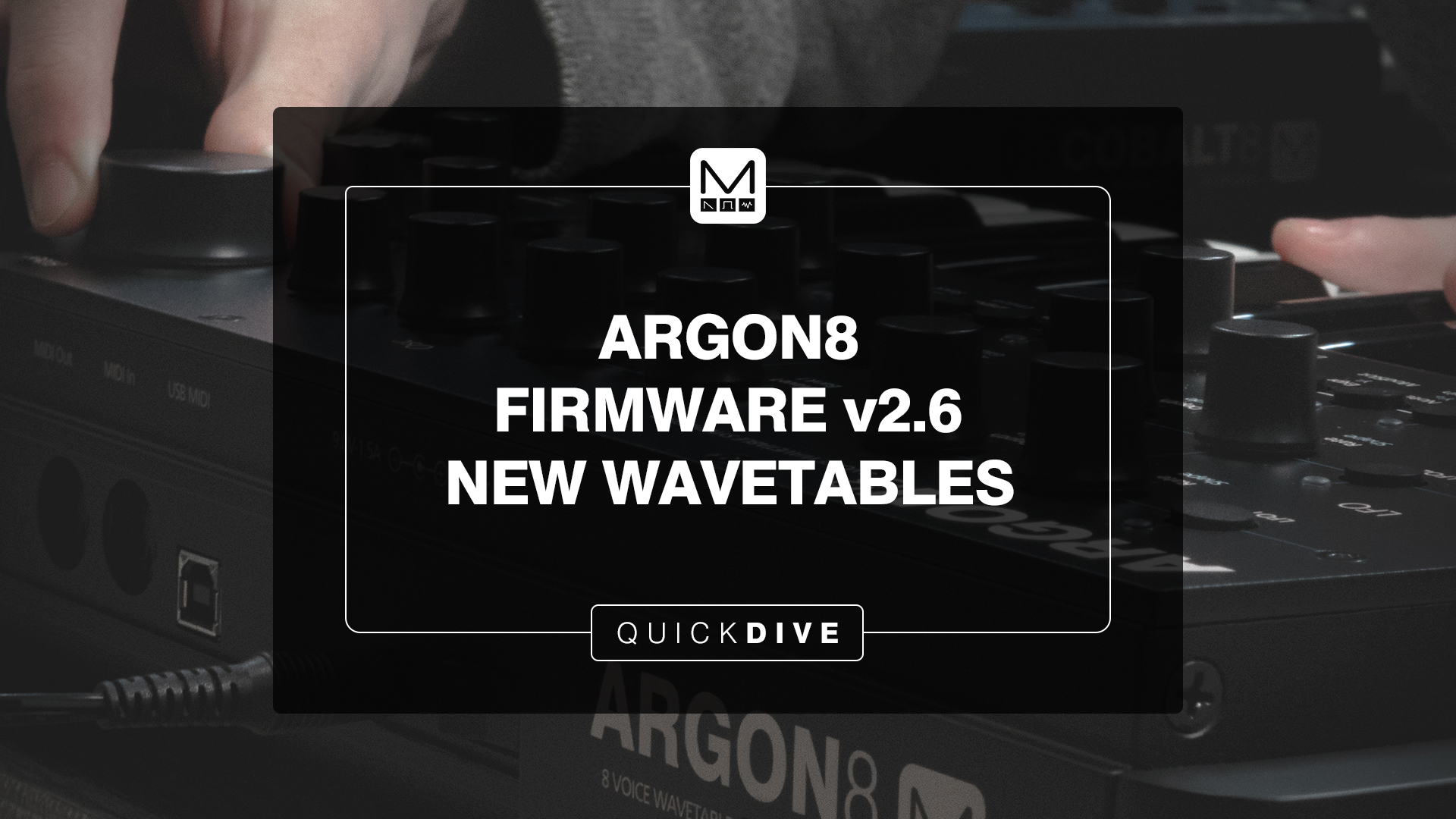


Un univers d'ondes
Le moteur de synthétiseur à table d’ondes sophistiqué d’ARGON8X génère des milliers de combinaisons sonores différentes grâce à sa fonction de morphing de formes d’ondes sans faille. Explorez des textures ambiantes évolutives, des pads classiques et des accords modernes, des basses brutales, des drones sombres et des textures de bruit psychédéliques – ARGON8X est un véritable terrain de jeu pour les concepteurs sonores.
Traitez et modulez les ondes en utilisant l’un des 32 modificateurs de table d’ondes statiques et débloquez des variations de table d’ondes supplémentaires. Les paramètres Vintage et Oscillator Free Run permettent de modifier le tissu organique des textures de tables d’ondes en émulant le comportement des synthés vintage, et permettent aux patchs de tables d’ondes numériques de sonner plus analogiques que jamais. Avec ARGON8X, pratiquement toutes les imaginations sonores prennent vie.
Synth Extravaganza


En mouvement
Amenez la performance à un nouveau niveau avec le séquenceur temps réel / pas à pas intégré de 512 notes avec 4 voies d’animation puissantes, qui instille des transitions massives et complexes au son d’une manière que les LFO et les enveloppes ne peuvent tout simplement pas fournir. Le mode séquenceur pas à pas polyphonique de 64 notes permet de saisir facilement les valeurs des notes et des animations pour créer des motifs mélodiques passionnants.
Les multiples modes de déclenchement du séquenceur couplés au puissant arpégiateur intégré (programmable jusqu’à 32 pas) et aux fonctions de performance telles que le maintien d’accords, les inversions, la transposition, le verrouillage de sustain et le Joystick font de l’ARGON8X un rêve pour les interprètes et les joueurs.
Sentez le son
L’approche professionnelle d’ARGON8 à l’égard des artistes sérieux trouve une expression parfaite dans le châssis robuste en acier et en aluminium et dans le sommier FATAR TP/9S de 61 touches de taille normale. Les touches prennent en charge l’aftertouch des canaux et offrent une action douce pour exprimer des performances de jeu puissantes. Pour un accès direct aux paramètres, l’ARGON8X dispose de 29 boutons sans fin, 24 boutons et un joystick X/Y pour le pitch et la modulation.


Votre propre FX
Des connexions pour tout type d'environnement
Avec un ensemble complet de connexions, l’ARGON8X se sent à l’aise dans tous les environnements. Contrôlez le synthé à l’aide de l’USB, écoutez au casque ou en utilisant les sorties de ligne dédiées, synchronisez avec des appareils externes en utilisant les entrées et sorties MIDI ou les entrées et sorties Sync 3.5 mm et prenez le contrôle de votre son en utilisant les entrées Sustain et Expression intégrées. Il est possible d’étendre le son de l’ARGON8X en polychaînant deux unités ARGON8 pour obtenir 16 voix et 64 oscillateurs.


La presse en parle
Bonedo.de – “Instrument facile à utiliser, au son unique, avec un matériel de première qualité pour un prix attractif”.
Future Music Magazine – “Un de ces synthétiseurs qui donne l’impression que vous pourriez l’explorer pendant de nombreuses années !”
MODALapp gratuit pour des sessions de programmation sonore immersive
L’application gratuite MODALapp apporte le confort de l’édition à l’écran sur votre ordinateur ou votre appareil mobile. Disponible en tant qu’application autonome pour les systèmes macOS, Windows, iOS, iPadOS ou Android et aux formats de plug-in VST3 et AU, c’est le compagnon idéal pour les passionnés de synthé qui cherchent à plonger en profondeur vers tous les paramètres de formation du son et de performance pour créer leurs propres signatures sonores, et à sauvegarder et gérer les patches et les séquences.

Spécifications
Polyphonie
MPE
Prend en charge les contrôleurs MIDI compatibles MPE, ce qui vous permet d’appliquer un contrôle et une expression polyphoniques aux notes individuelles.
Oscillateurs
32 oscillateurs à table d’ondes haute résolution, 4 par voix.
180 tables d’ondes soigneusement conçues, réparties en 36 banques de 5 ensembles de formes d’ondes morphables. Banque PWM supplémentaire et 3 banques de bruit/modulation accessibles sur l’oscillateur 2.
32 modificateurs de table d’onde statiques, dont les suivants : de-rez, wave folders, waveshapers, phase shapers et rectify, peuvent être appliqués aux 180 tables d’onde afin d’obtenir un éventail époustouflant de permutations et de nouvelles formes d’onde.
8 types de modificateurs d’oscillateur, dont Phase Mod (FM), Ring Mod, Amp Mod, Hard Sync et Windowed Sync.
Commandes Voice Drift et Width qui permettent de créer des paysages sonores stéréo massifs.
Paramètre Vintage et Oscillator Free Run pour émuler les comportements des synthés analogiques vintage.
Filtre
Huit types de filtres
Deux filtres “standard” sont des filtres à état variable à deux pôles, basés sur le filtre résonnant que l’on trouve dans d’autres synthétiseurs modaux : LP > BP > HP ou LP > Notch > HP.
Deux filtres ‘Classic’ à deux pôles, à état variable, avec un caractère plus arrondi et une réponse de résonance plus douce : LP > BP > HP
Ladder” – filtre en échelle résonant à 4 pôles avec commande de pré-filtre, morphing à travers : LP > BP > HP
Ladder Hybrid” – Filtre en échelle résonant à 1 pôle avec commande de pré-filtre, morphing à travers : LP + Notch > Notch > HP + Notch
Ladder Phaser” – Filtre en échelle résonant avec commande de pré-filtre, avec morphing à travers : Notch > Phaser
Sallen-Key’ – Filtre Sallen-Key résonant à 2 pôles avec commande de pré-filtre : LP > BP
Modulation
3 générateurs d’enveloppe dédiés pour AMP, MOD et FILTER, accessibles indépendamment ou tous les trois simultanément, avec des versions négatives (inversées) et de multiples options de courbe d’enveloppe.
2 LFO à fréquence audio avec synchronisation du tempo (un poly, un global). Le LFO polyphonique peut se synchroniser sur les divisions de fréquence.
8 emplacements de modulation assignables et 4 routages de modulation fixes supplémentaires pour les affectations communes avec 11 sources de modulation et 52 destinations de modulation.
Séquenceur et arpégiateur
Séquenceur polyphonique en temps réel avec 512 notes et quatre animations de paramètres enregistrables/éditables (les effets de délai, les LFO, le séquenceur et l’arpégiateur peuvent être synchronisés en interne ou en externe).
Séquenceur polyphonique à pas de 64 pas, 8 notes par pas, 4 voies d’animation de style Parameter-Lock, mode Step Input, plusieurs modes de lecture, y compris des modes gate et une fonction de repos.
Arpégiateur programmable sophistiqué intégré de 32 pas avec possibilité de repos jusqu’à 2048 pas avant répétition, plusieurs modes de direction de l’arpégiateur.
FX
Distorsion de mise en forme des ondes
Trois moteurs FX stéréo indépendants et incroyablement puissants, configurables par l’utilisateur, pour 26 algorithmes d’effets, dont Drive, Chorus, Phaser, Flanger, Tremolo, LoFi, Rotary, Stereo Delay, Ping-Pong Delay, X-Over Delay et Reverb.
Utiliser la mémoire
500 mémoires de patch, toutes entièrement éditables et livrées avec 300 programmes d’usine
100 presets de séquenceur pouvant être liés à n’importe quel patch pour charger rapidement des arrangements
100 presets FX
8 emplacements de rappel rapide accessibles depuis le panneau pour charger rapidement vos patchs préférés
Contrôles et performances
Clavier FATAR 61 touches de qualité supérieure avec vélocité et aftertouch de canal.
29 encodeurs sans fin, 24 boutons.
Joystick à 4 axes pouvant être assigné à un grand nombre de destinations de modulation et virtuellement “verrouillé” lorsque vous le souhaitez.
Plusieurs modes de clavier, Mono, Poly, Unison 2, unison 4, unison 8, Stack 2 et Stack 4.
Glide/Portamento avec modes legato et staccato.
Commande d’inversion d’accord pour créer facilement des inversions et des variations d’accords.
Inputs / Outputs
Sorties ligne mono double 6,35 mm / 1/4″ TS
Sortie casque 6,35 mm / 1/4″ TRS
Entrée audio stéréo TRS 3,5 mm / 1/8″.
Entrée et sortie MIDI DIN
Entrée et sortie de synchronisation d’horloge analogique TS 3,5 mm / 1/8″.
Connexion MIDI over USB conforme à la norme
Entrée pour pédale d’expression 6,35 mm / 1/4″ TRS
Entrée pour pédale de sustain 6,35 mm / 1/4″ TS
Boîtier et affichage
Boîtier en acier et aluminium prêt pour la route avec des joues d’extrémité économiques en bambou teinté
Grand écran OLED de 1,54 pouce pour un retour visuel instantané à tout moment de la lecture/édition
Alimentation
Editor Software
L’éditeur gratuit MODALapp est disponible pour macOS, Windows, iOS et Android.
MODALapp peut également être exécuté dans votre station de travail audio numérique (DAW), avec des versions VST3 et AU disponibles.
General
Dimensions (L x l x h) : 885 x 300 x 100 mm / 34,8″ x 11,8″ x 4″.
Poids : 9 kg / 19.9 lbs
Sons
Conseils et astuces
Firmware
Firmware v3.2
Please update your ARGON8X via the standalone MODALapp
Features:
- Added a “Cutoff Scaling” patch parameter for improved filter cutoff behaviour with the following modes:
- Legacy – The existing cutoff control scaling curve and note-to-cutoff tracking behaviour
- Relative – A new cutoff control scaling curve that is more balanced and changes the note-to-cutoff tracking to behave more closely to analogue synths. In this mode note-to-cutoff tracks best when the cutoff control is at 0, and tracks portamento / glide and pitch bend.
- Bipolar – The same cutoff control scaling curve and portamento / glide / pitch bend tracking behaviour as the ‘Relative’ mode, except in this mode note-to-cutoff tracks best when the cutoff control is at 64.
Improvements:
- Added a panel shortcut for the Osc Free Run parameter – hold the ‘Patch’ button and turn the Osc2 Tune control (the ‘Tune2/Fine2’ encoder on ARGON8 and ARGON8X, or the ’Tune/Fine’ encoder on ARGON8M).
Fixes:
- Fixed an arpeggiator delay / latency issue introduced in version 3.0
- Fixed arpeggiator hanging notes issues potentially seen when using long divisions and gate lengths
- Fixed an arpeggiator chord mode issue where pressed notes may not all be added to the arp straight away
- Fixed very rare crash when sending certain tempo values from external MIDI
Features:
- Added 15 new FX including a new reverb algorithm:
- Reverb V2
- Phaser V2
- Chorus V2
- Unisoniser
- Compressor
- Three Band EQ
- Mono Drive (Hard Clip)
- Mono Drive (Soft Clip)
- Mono Drive (Rectify)
- Mono Drive (Fold)
- Stereo Drive (Hard Clip)
- Stereo Drive (Soft Clip)
- Stereo Drive (Rectify)
- Stereo Drive (Fold)
- Utility
- 4 New Filter Types: Distortion control is used to control filter drive when these types are active.
- Ladder – 4 pole resonant ladder filter with pre-filter drive, morphing through: LP > BP > HP
- Ladder Hybrid – 1 pole resonant ladder filter with pre-filter drive, morphing through: LP + Notch > Notch > HP + Notch
- Ladder Phaser – Resonant ladder filter with pre-filter drive, morphing through: Notch > Phaser
- Sallen-Key – 2 pole resonant Sallen-Key Filter with pre-filter drive, morphing through: LP > BP
- Vintage Parameter – Emulating the behaviour of vintage synths by introducing variation between the voices
- Osc Free Run – Emulating the behaviour of analogue oscillators by allowing them to run freely
- 7 new arpeggiator directions:
- Chord
- Pendulum 2 – Repeats the last note when reversing direction
- N-Pendulum 2 – Pendulum 2 in note number order
- Reverse Pendulum – A reverse version of Pendulum
- N-Reverse Pendulum – A reverse version of N-Pendulum
- Reverse Pendulum 2 – A reverse version of Pendulum 2
- N-Reverse Pendulum 2 – A reverse version of N-Pendulum 2
Improvements:
- Improved internal gain staging for increased output volume in most cases
- Improved the screen’s osc parameter pages / waveform display in the following ways:
- The waveform display now has the selected WavMod processor applied to it
- The Wave, Bank and WavMod parameter pages now display both the waveform and text value
- Improved the screen’s filter graph / parameter pages in the following ways:
- Improved the graph to be a more accurate representation of the filter
- The Type parameter page now displays both the graph and text value
- Improved Audio In sound quality
Fixes:
- Fixed a potential arpeggiator note ordering issue when playing arps with an arp octave value of 2 or more
- Fixed a potential arpeggiator note ordering issue when playing arp patterns using a pendulum direction mode
- Fixed issue where the first loop of the arpeggiator sequence may not contain all pressed notes when using the ‘backwards’ direction mode
- Fixed issue wheres some parameters would not be properly forwarded in polychain mode
- Fixed an aftertouch to cutoff modulation scaling issue for classic filters
- Fixed an FEG depth scaling issue
- Fixed bug in polychain mode where DIN Thru could still be active on polychain slaves, leading to undefined behaviour.
Features:
- Added 12 new Wavetable Banks (60 new waveforms)
- Added OSC2 Tune Mode control which allows OSC2 tuning to be linked to OSC1 frequency
Fixes:
- Fixed Tempo Synced LFO2 Rate mod assignment scaling
- Fixed edge case DSP usage issues
- Fixed modulation destinations not being cleared when setting a mod dest to ‘-‘ in the app or on screen
Fixes:
- Fixed an issue that could cause LFO2 rate to be recalled incorrectly in some cases
- Fixed issue where assigning modulation to PWM bank shape could cause audio glitches
- Fixed sequencer names falling out of sync with the app in some cases
Features:
- Added more LFO synced divisions
- Added Extended Oscillator Drift to upper range of Drift control. Rescaled patches accordingly.
- Added ‘Master’ Clock Source mode that always sends out MIDI clock
Improvements:
- Updated factory sound-set
- Improved MIDI reliability on macOS Big Sur
- Improved arpeggiator sync when working with external sequencers
- Improved expression pedal behaviour
- Improved LFO1 sync when clocked from external MIDI
Fixes:
- Fixed an issue that could cause Unison-8 levels to be inconsistent
- Fixed issue where an external CC 0 (bank) message would cause the screen to switch to the ‘play’ page, if screen switching is enabled for external MIDI messages.
- Fixed negative LFO1 Rate mod assignments increasing LFO speed
- Fixed an edge case when loading a step sequence with 0 steps
- Fixed Y+ to LFO1 assignment not always working as expected
- Fixed negative modulation of LFO1 rate increasing the rate in some cases
- Fixed app sync of XY lock parameter
Features:
- Preset Auto Load Setting – Enable this setting (found in ‘Settings – General’ on the screen) to load patches, sequences and FX presets by scrolling and ‘hovering’ on a preset – no click required.
Improvements:
- Improved the behaviour and response of the two screen encoders
- Improved the ‘Glide’ parameter on screen to show when in ‘Auto Glide’ mode compared to ‘Legato’ mode
- Improved the behaviour of the screen encoder when controlling synced delay times or synced LFO rates so that it increments in the same direction as the dedicated panel controls.
- Improved interaction between Step Sequence Gate and Step Edit modes
- Improved sustain pedal behaviour (prevented potential double triggering of sustain messages)
- Improved the stream of MIDI messages from the joystick X axis when ‘Joystick Pitch Bend Out’ is disabled
Fixes:
- Fixes for freezes when connected to an external device through USB
- Fixed issue where a negative MEG Depth could cause issues with FX3
- Fixed issue where chord invert wasn’t being saved to patches
- Fixed issue where the ‘Joystick Mod Wheel Out’ setting couldn’t be disabled
- Fixed issue on ARGON8M where the joystick axis calibration settings would control the incorrect axes (e.g. the X+ setting would calibrate X-, the Y+ setting would calibrate Y-)
- Fixed issue where the onset / attack of MPE notes may randomly sound incorrect
- Fixed issue where changing the ‘Keyboard Local’ setting value would incorrectly change the displayed ‘Arp/Seq Out’ setting value on the screen
- Fixed issue where a burst of aftertouch messages was being sent to the MIDI DIN out on boot
- Fixed potential issue with setting animator parameters from the app
- Fixed issue where the screen control for the osc ‘Tune’ parameters wasn’t incrementing correctly
- Fixed hanging notes issue when in MONO mode with the clock source set to MIDI but with no external MIDI clock present
- Fixed issue where it was possible to crash the synth by sending it a large number of MIDI notes whilst renaming or confirming a preset save from the screen
- Fixed issue where it wasn’t possible to hold the MOD EG button to momentarily perform mod assignments
- Corrected synced LFO rates text on the screen
- Fixed issue where the screen control for the LFO rate parameters weren’t incrementing correctly with synced rates or frequency division rates
- Fixed issues with the LFO2 rate encoder behaviour on ARGON8M
Improvements:
- Improved Audio In quality, volume and interaction with v2.0 gain structure
- Improved stability in MIDI loop situations
- Reduced envelope clicking
- The ‘Randomise Patch’ function now uses a SysEx message instead of CC 121. CC 121 (‘Reset All Controllers’) has been implemented as per the MIDI specification – resets control values for mod wheel, expression pedal, sustain pedal, aftertouch and pitch bend. This improves compatibility with external MIDI software / hardware that transmits CC 121 for its intended purpose.
- Randomising the patch from MODALapp now shows an alert on the screen (like when randomising the patch from the panel).
Fixes:
- Fixed issue introduced in v2.0 where feedback for ping-pong and x-over delay types was too high
- Fixed issue where assigning a mod slot with a MIDI loop present would create an infinite stream of MIDI messages
- Fixed issues where LFO1 synced rate wouldn’t update when falling back from external clock source to internal
- Fixed issue where changing patches when the sequencer is running could cause incorrect patch values
- Fixed case where sequencer gate transpose offset wasn’t reset when loading another sequence
- Fixed issue where it was possible to start step sequences containing no steps from MODALapp
- Fixed issue where receiving a MIDI stop message when recording in Step Sequencer mode could leave the synth in an incorrect recording state, causing issues such as ‘previewed’ steps (pressing the ‘Edit’ encoder in Step Edit mode) being added to the step sequence.
- Fixed issue where step sequence position LEDs would not clear when disabling recording from MODALapp
- Fixed issue where disabling sequence recording whilst in the pre-roll would leave the sequence in an incorrect playing state
- Fixed issue where enabling sequence recording from MODALapp wouldn’t show the pre-roll LED animation
- Fixed issue where enabling any of the MIDI DIN in or out filters could result in aftertouch from the DIN-in not being processed or aftertouch not being sent out of the DIN-out
- Fixed issue where some v2.0 features were not kept in sync when in polychain mode
- Fixed issue where channel aftertouch from any source wasn’t being forwarded to polychain slaves correctly
- Fixed issue where parameters that use MIDI CCs 32-63 may be completely ignored by the voice engine if sent directly after the parameter / CC numbered 32 less than it (e.g. CC#0 followed by CC#32), until another parameter / CC is sent.
- Fixed issue where arp and seq MIDI notes may be sent out on the wrong MIDI channel
- Fixed issue where randomising a patch wouldn’t display the ‘patch edited’ asterisk on the screen.
Other:
- New content for factory reset process (2.0 patches, 2.0 sequences, 2.0 FX presets)
Features:
- Envelope Types – 7 new envelope curves including longer envelopes
- Gain Boost setting for automatic output gain increase
- Polyphonic Step Sequencer
- 64 Steps with 8 notes per step and 4 lanes of animation
- Parameter-Lock Style animation with 1 value per step
- Step Input mode – sequence notes and animation one step at a time
- Step Sequence editing on screen and using MODALapp
- Multiple playback modes including gate modes
- Rest Function
- Input Quantise when in clock mode
- MPE Support – ARGON8 now supports MPE-compatible MIDI controllers, allowing you to apply polyphonic control and expression to individual notes
- Chord invert – easily create chord inversions and variations
- Delay Modes – adding cleaner delays and longer delay times
- Headphone Volume control – allowing finer control over headphone output levels
- Joystick Calibration Settings
Fixes:
- Fixed some animator parameters not updating on the panel when synth is not on MIDI channel 1
- Fixed ‘boot error’ occasionally seen when powering on the synth or after an update
- Fixed issue where switching clock source when no MIDI clock is being received would cause internal clock to double or half in speed
- ‘Inactive’ (crossed-out) screen params are no longer controllable from the screen controls
- Fixed issue where turning the right screen encoder whilst a screen alert box is being displayed may cause incorrect MIDI messages to be sent out
- Fixed issue where assigning modulation to envelope parameters could change the value slightly at 0 depth
- Fixed LED glitch when holding the sustain button
- Fixed issue where loading patches with linked sequences may have incorrect patch data values depending on the sequence animation lane parameters
- Patch editing asterisk no longer appears when stopping the sequence
- Fixed issue where sequencer hold and loop functions could be performed when sequence isn’t running
- Fixed issue where saving a patch / sequence / FX preset into a new slot from MODALapp would result in the synth being out of sync in regards to the loaded preset number
- Fixed issue where the modulation ‘Depth’ front panel control wouldn’t always work as intended
- Fixed issue where initialising a sequence from the screen control wouldn’t put the sequencer into the correct state
- Fixed issue where pressing the Play button would occasionally cause random LEDs to flicker
- Y+ to LFO depth screen param now specifies it’s LFO1
- Fixed issue where screen would sometimes display incorrect FX values after loading an FX preset
- Pressing ‘ModSlot’ whilst in a ‘Smart’ Screen Switch mode will now result in the screen staying on the mod slot page
Improvements:
- Improved audio quality and lowered noise floor
- Increased range of Patch Gain control to help balance quieter patches
- Animation lane parameters now editable on screen
- Improved the location of the Delay Sync parameter on the screen so that it is now on the page of the FX slot that contains a Delay FX
- Split settings page on screen into 4 separate pages (MIDI, UI & Controls, Sequencer, General) to improve screen navigation
- Renamed ‘Chord’ parameter to ‘Chord Latch’ on the screen (to prevent confusion with the new Chord Invert parameter)
- Overhauled interaction between arp programming and sequencer recording (now mutually exclusive)
- Added ‘Choice / Confirm’ pages on the screen for Sequence Init, Polychain Master and Settings Reset
Features:
- Arp/Sustain Latch Mode – Press and release a note / chord to sustain it, press a new note / chord to overwrite the existing one. This functions as a classic arp hold that can also be used when the arp is off. Hold the ‘Sustain’ button for one second when turning on sustain to enable Sustain Latch Mode, turning off sustain will clear the latch mode.
- Polychain Implementation
- Added new global setting for allowing the keyboard octave parameter to also affect MIDI-in notes
- Support for ARGON8M models
- Added an on-screen MIDI monitor to help diagnose MIDI issues
- Added some new aftertouch curves
Fixes:
- Fixed bug where disabling sustain whilst holding notes in the arpeggiator would remove all notes and not just the sustained notes
- Fixed issue where the screen would sometimes incorrectly display the modulation assign ‘latched’ alert box
- Fixed issue where the ‘Edit’ encoder / switch wouldn’t work correctly when controlling the Mod Slot Status parameters
- Fixed issue where it was possible to get hanging arp notes when creating arp patterns
- Fixed potential note hang in sequencer when using arp and note input quantise.
- Fixed some edge cases with sequencer note recording
Improvements:
Improved the patch randomisation algorithm
Software Editor
L’application gratuite MODALapp apporte le confort de l’édition sur écran sur votre ordinateur ou votre appareil mobile. Disponible sous forme d’application autonome pour les systèmes macOS, Windows, iOS, iPadOS ou Android et aux formats de plug-in VST3 et AU, c’est le compagnon idéal pour les passionnés de synthé qui cherchent à plonger en profondeur dans tous les paramètres de formation du son et de performance pour créer leurs propres sons caractéristiques.


